Over the past 20 years, the aesthetic market has become much more crowded.
There are high-end practices everywhere, competing directly with you. Meanwhile, low-end providers are setting up shop on practically every street corner…
…and the consumer can’t always tell the difference.
So how do you stand out amidst all this noise, particularly online?
What tactics should you use, to differentiate your clinic – so you become the destination of choice for patients who are willing to pay for your treatments, and who you really want to serve?
We asked 10 owners of successful medspas, laser clinics and plastic surgery centers from three continents to share their best tips. Here’s what they had to say.
1. Build your personal brand
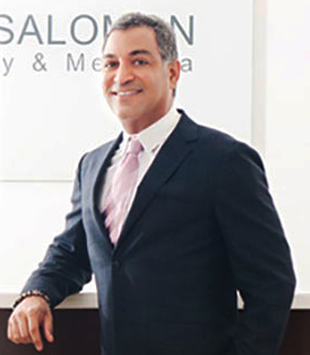
Lots of practices offer similar treatments to you.
But there’s one thing none of them can replicate – and that’s you, the clinic owner.
Your personality, your style and even the way you approach your work is unique, and you can capitalize on that to build a strong following.
“Who are you as a person? If you can work that out, people will connect,” says eminent surgeon Dr Jhonny Salomon from Miami.
He has built his own brand around his vision of himself as an artist at work.
“It’s very genuine,” he says. “It might take you a while to discover and then for the public to become aware of it, but you need to think about how you create that brand.”
Tactics might include giving interviews to local media to strengthen your bond with the community, and to showcase your personality and approach.
“Owners often think they need to promote their clinic, but often they would be better off marketing themselves,” Dr Salomon concludes.
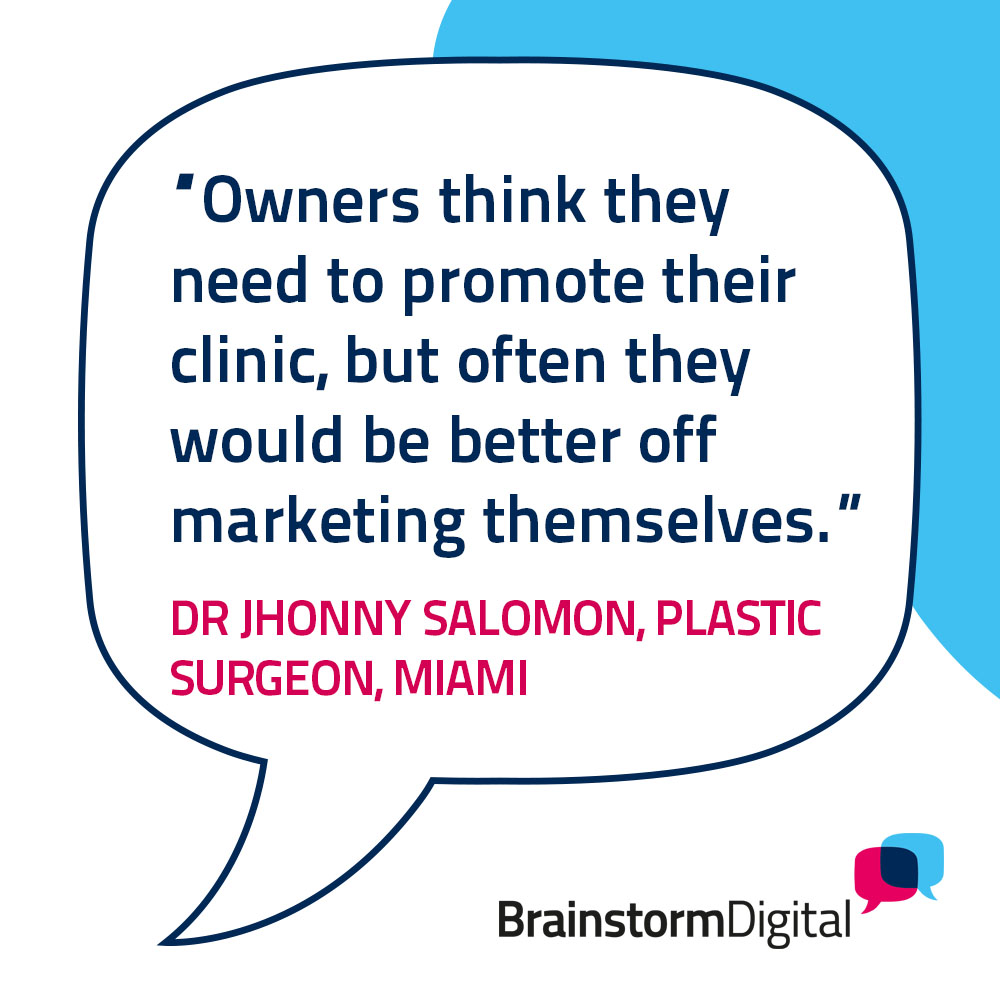
2. Go for a narrow audience

Most clinics try to serve too broad a patient base, says Dr. Vincent Wong. They generally target the exact same audience, which is very wide and generic, and as a result look and sound just like all their competitors.
To stand out, you need to be brave enough to target a narrow, very specific sliver of the market.
“Think millennials, much older people, men – it’s best to focus on one group and do that well before expanding,” says Dr Wong, who specializes in the LGBT community and in millennials.
Once you have a narrow target market, you can tailor your services to that category. It’s counter-intuitive, but being very specialized typically results in a growth in business, because you become more attractive to a particular set of patients.
.
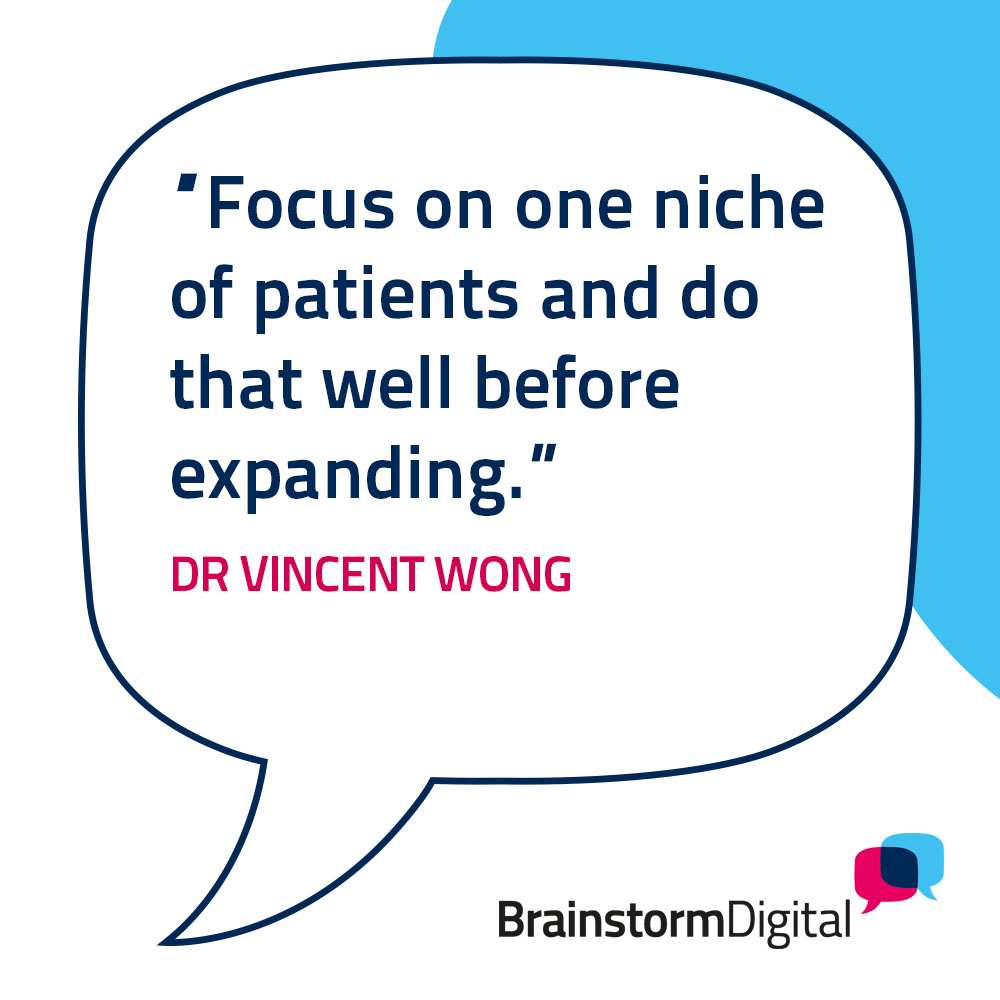
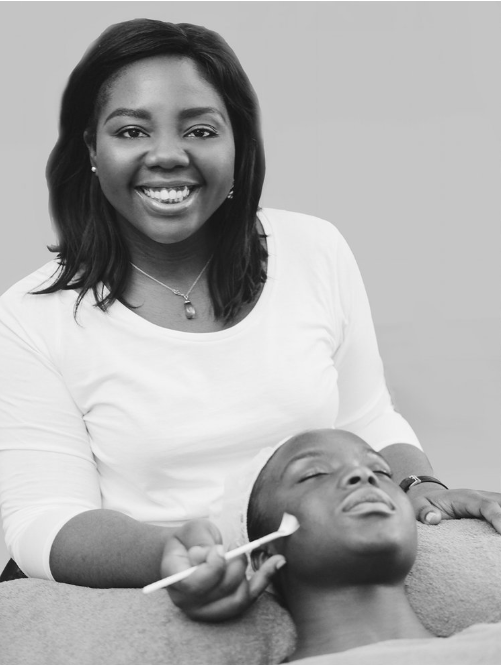
Dija Ayodele, founder of the Black Skin Directory, specializes in skin rejuvenation for darker skin tones.
“This is an area I own,” she says. “Don’t feel that you have to do everything. Carve a little space you can call your own, and make sure that you are the hottest destination for this service in your area.”
She chose to niche herself by focusing on the area which seemed to attract most patients – and which she most enjoyed delivering.
“It makes both the patients and me happiest,” she says.
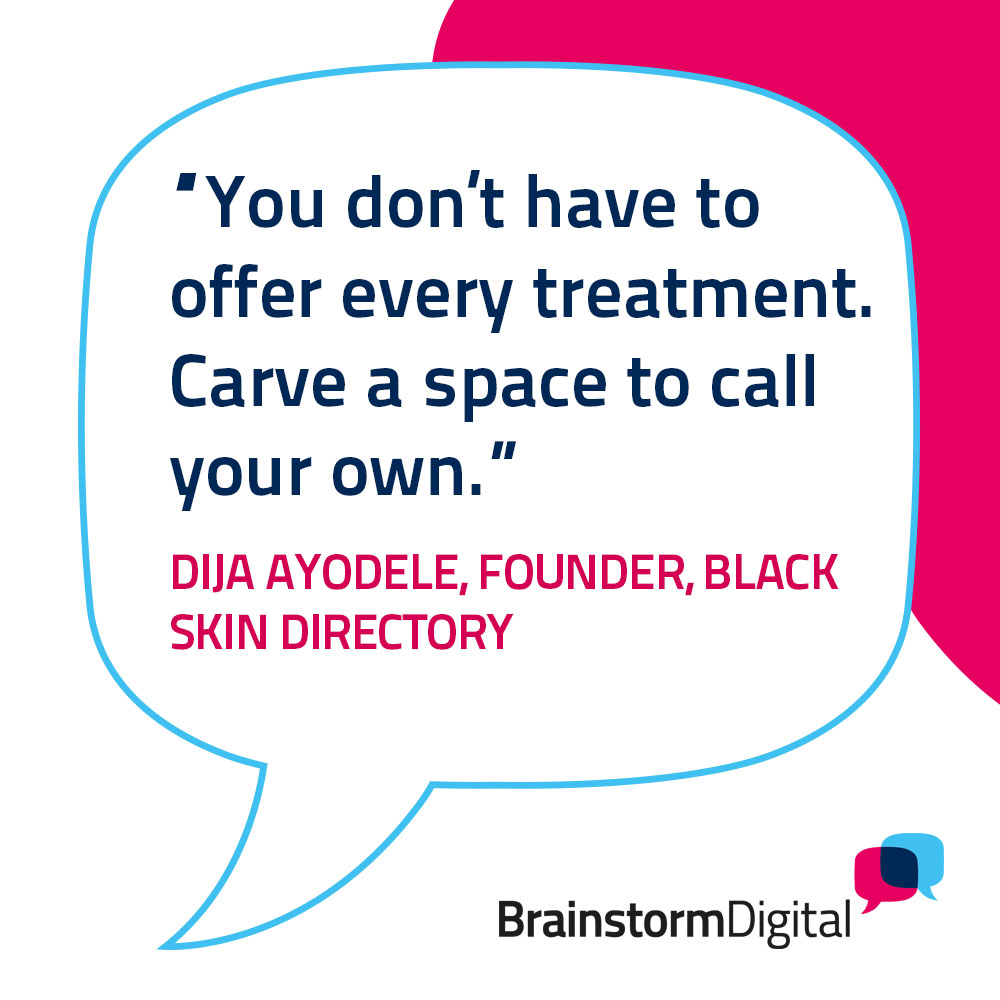
3. Identify gaps in the market
Even when it seems that everyone is offering all the same treatments, there will always be gaps and opportunities in your local area.
If you can identify them, you can offer a unique service that will differentiate you.
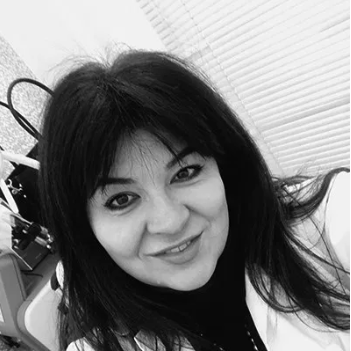
Florina Borsan of Eve Clinics says you need to stay on top of trends in the industry, so you understand what patients are going to be demanding in a few months’ time.
“Identify the needs of the market,” she says. “Each product reaches saturation in a couple of years, so you need to know what’s coming next.
“In one clinic I established, we focused on a type of laser which didn’t have a lot of competition. We had patients travelling for long distances to get it.”
Sometimes, she says, being at the cutting-edge requires a leap of faith on the part of the clinic owner.
“You have to have the courage to invest,” she adds.
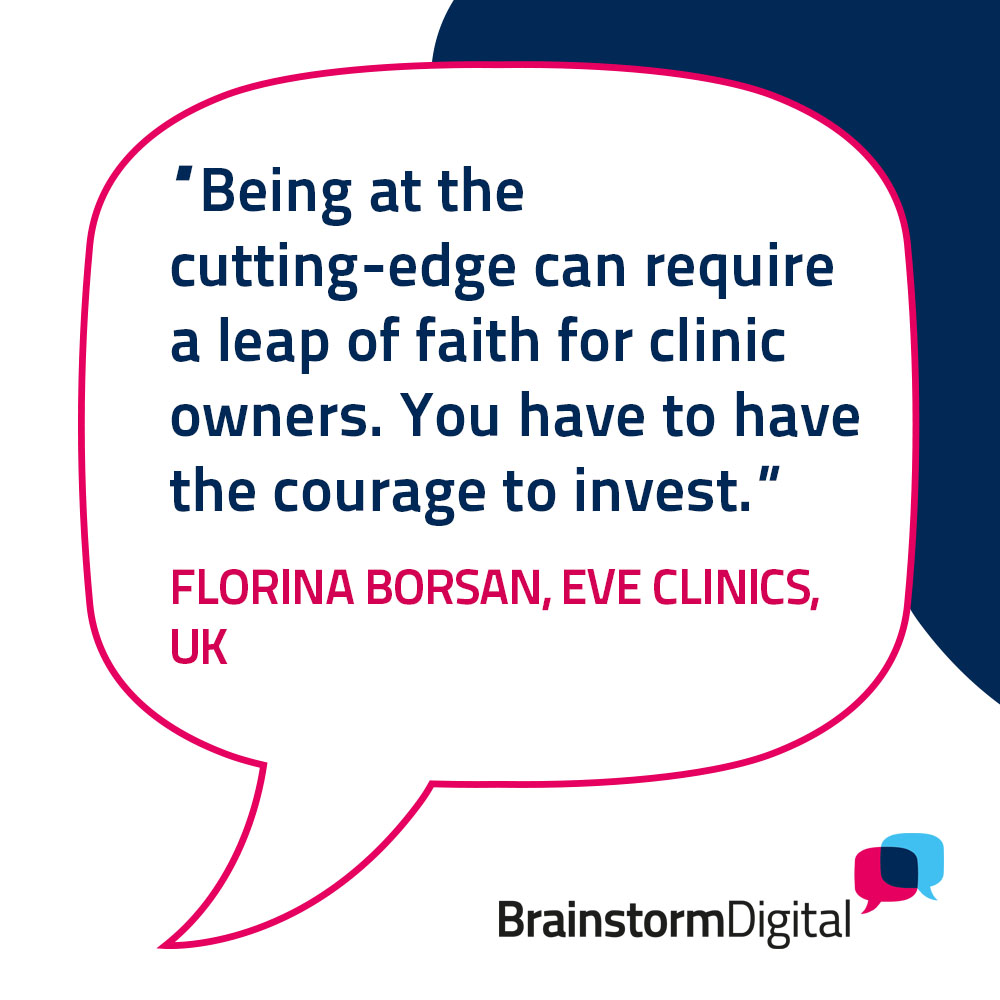
Dr Shobhan Manoharan of Brisbane Skin agrees that you need to find a service of value, or offer a skill level or expertise, that is hard for patients to access elsewhere.
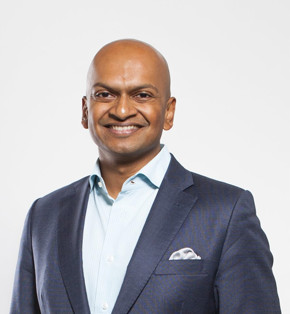
But, he cautions, it can take time to identify.
“When we started out, we thought that one of our locations was going to be an aesthetic-dermatology practice.”
“But once we saw the patients and demographics coming through, we realised that it needed to be a full-service dermatology practice. We gradually understood that in that area, patients were waiting for dermatology services for 3-6 months and were not willing to travel.”
There was clearly a gap in the market.
Dr Manoharan recommends researching the needs of your local area and what’s happening in the wider market, before opening a new location. But you might have to fine-tune your offer over time.
“We usually leave it 3-6 months after opening a branch to decide on what the core and growth services are going to be in that location,” says Dr Manoharan.
One challenge for chains: This means that not every location necessarily offers the exact same treatments or services, so you have to work harder to maintain a brand culture and identity.
4. Focus on quality and standards
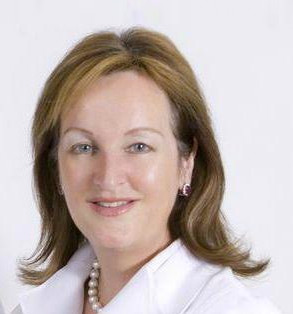
With the proliferation of aesthetic providers,you need to differentiate from low-cost, non-medical injectors as well as from your peers, says Constance Campion, one of the founders of Plastic Surgery Associates, Bupa Cromwell Hospital London and The London Wellness Centre.
She argues that “injectables are medical interventions. They require the comprehensive clinical skills held by doctors and nurses, as part of their professional standards of fitness and care.”
Non-medical injectors, by contrast, “haven’t spent adequate time in core medical or nursing practice. They don’t have clinical training at all, nor the necessary experience.
“When you carry out procedures using dermal fillers, it’s not just a case of injecting the face. There’s a person who’s a patient in front of you. You need to be able to comprehensively assess their physical, mental and spiritual needs as part of the service.”
The challenge is to communicate that difference to patients.
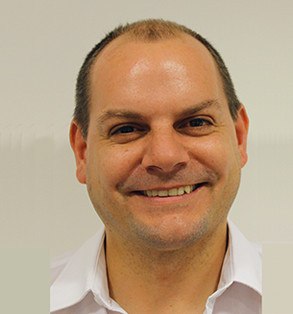
“We emphasize we are medically led,” says Dr Martyn King, owner of Cosmedic Clinic and Chair of the Aesthetic Complications Expert Group.
“And we behave ethically and with professionalism at all times, for example giving patients a cooling off period and always giving them different options and alternatives. If they’re better served with something we don’t offer, we’ll tell them.”
The clinic also differentiates on price.
“We don’t do cheap treatments – we fix other people’s cheap treatments,” he says. “We find that attracts the kind of clientele we want, namely people who have done their research and want to pay for someone highly qualified to do the job.”
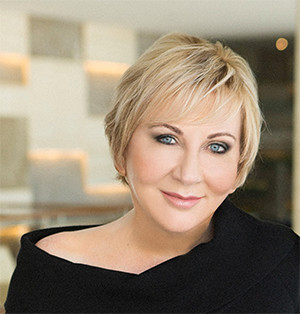
Deb Farnworth-Wood, who grew the AustralianSkin Clinics franchise to over 60 locations before selling it, says that you cannot rely on patients being able to tell the difference between high-quality and low-treatments, so education is key.
“The market is full of discounted treatments. To make that happen, providers are dumbing down what they provide. A really good microdermabrasion might have several layers of treatments within it, but at the cheaper end they’re stripping out elements to lower the price.
“Clients don’t understand that difference – they’re shopping on price and think they’re comparing apples.
“You need to educate them about the difference between a $49 microdermabrasion and a more expensive and efficient one.”
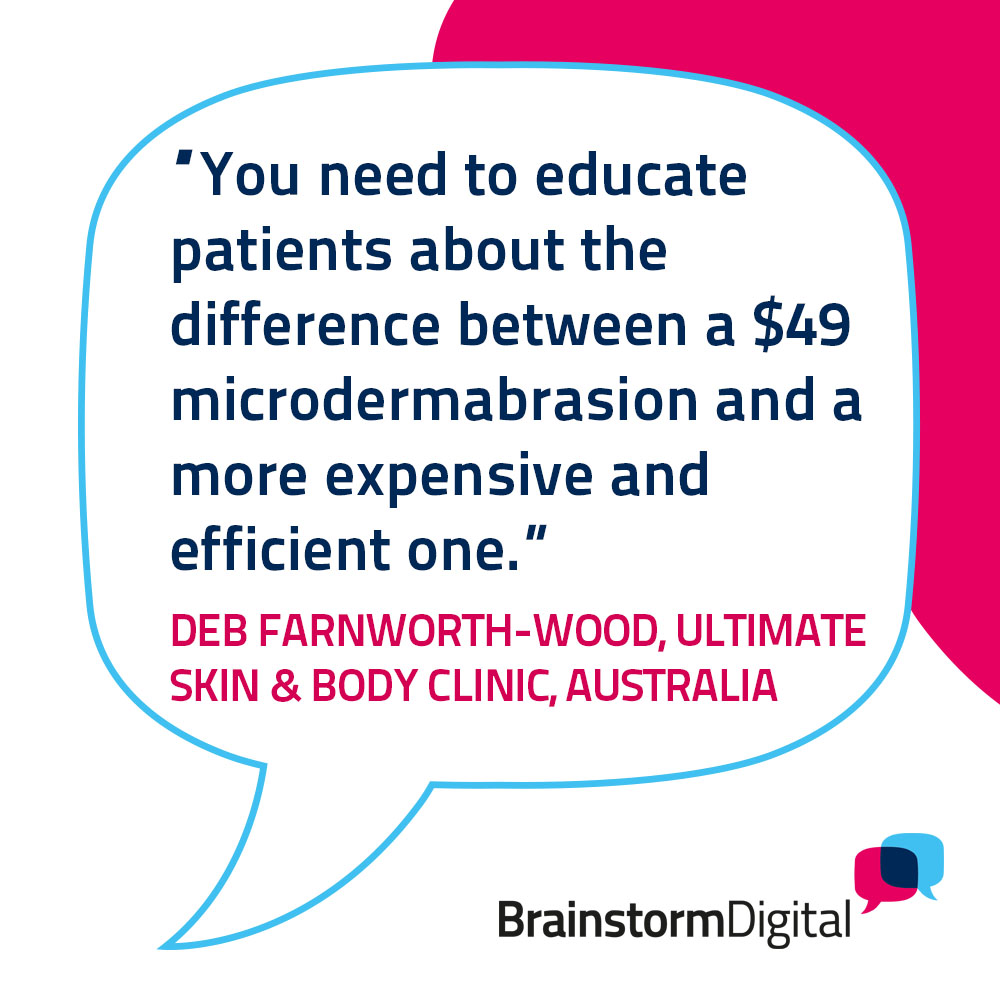
5. Be focused on your patients
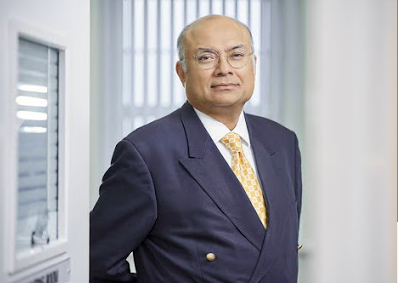
Too much of the industry is dominated by doctors and surgeons who are self-promoting, says Dr Ash Dutta, founder of Aesthetic Beauty Centre.
“Clinics and clinicians all claim to be ‘the best’ and doctors are constantly pumping out new stories about themselves, the conferences they’ve lectured at and the vast number of procedures they have performed.
“I don’t think patients are impressed too much, and it creates an artificial aura around the doctor which is not productive.”
To stand out, he recommends being totally focused on your patients and your relationship with them.
“You can be reasonably good – you don’t have to be the very best – but make it all about the patient.
“That means educating them about clinical things in your marketing, not posting artificial propaganda. And in person, be genuine. Sell patients what is best for them, not what you want them to buy. Tell them about their options and if the best option isn’t something you provide, tell them that.
“And take care of them long-term. In our clinic, after a surgical procedure, patients have my number to use 24/7 and there are frequent reviews. For some surgeries they get an annual review for 10 years…”
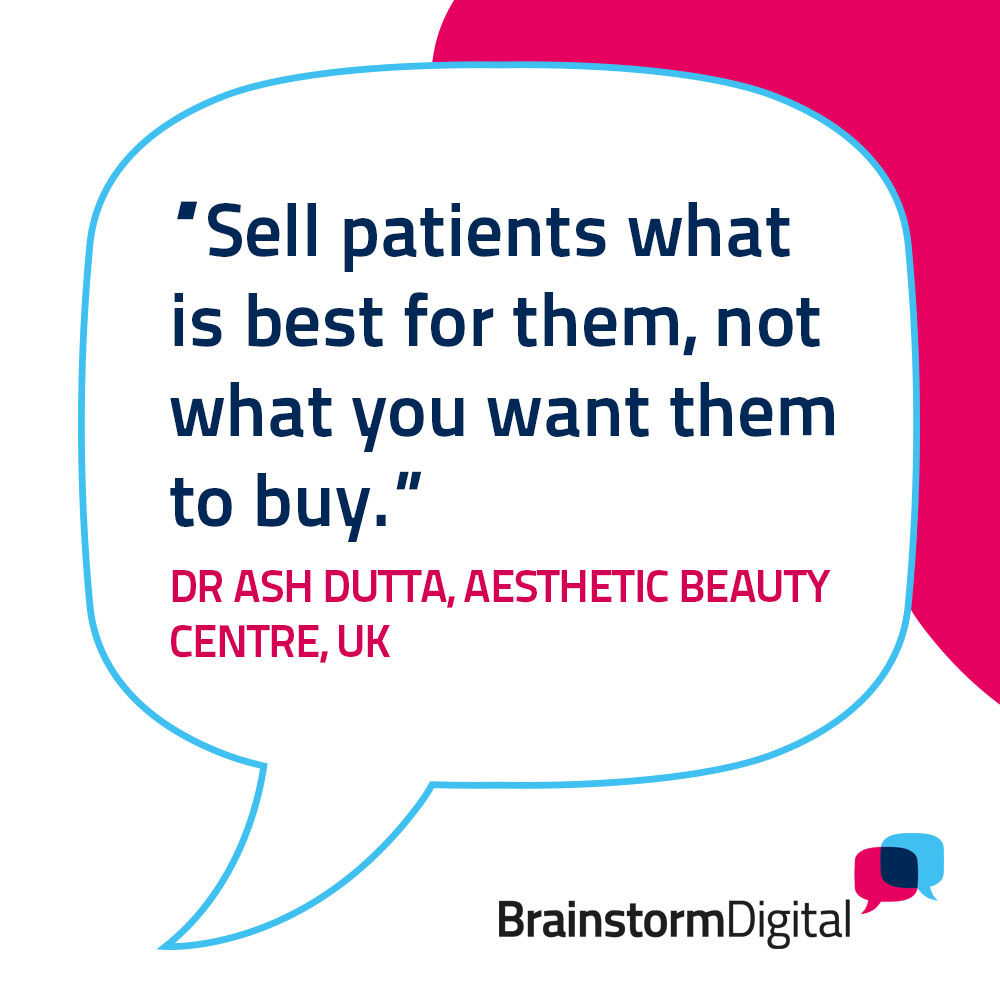
6. Show thought-leadership
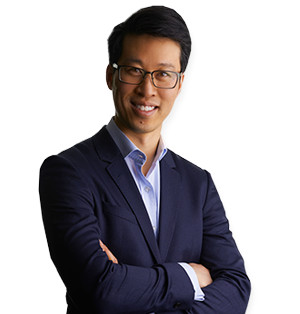
“We do our utmost to ensure that patients have a fantastic experience from the moment they contact us until long after they had their treatment.
“But the challenge is to show people the standard of care they can expect from you, before they’ve ever seen you,” says Dr Gavin Chan, founder of the Victorian Cosmetic Institute, which operates in four locations in Melbourne.
His solution?
High-level education and thought-leadership.
“All our marketing channels are geared towards educating people about procedures, and we try to do so at a beginner practitioner’s level rather than aiming at the layperson.
“We think that lay people understand what we’re talking about, as long as it’s explained well. We don’t hold back, giving them everything a doctor or nurse would know at the beginning of their journey.”
The effect, he says, is that patients trust them more, because they are open and provide information others are not.
And it has helped them differentiate amongst their peers, as well. “Even other doctors and practitioners have told us they read it and love it… It raises the bar.”
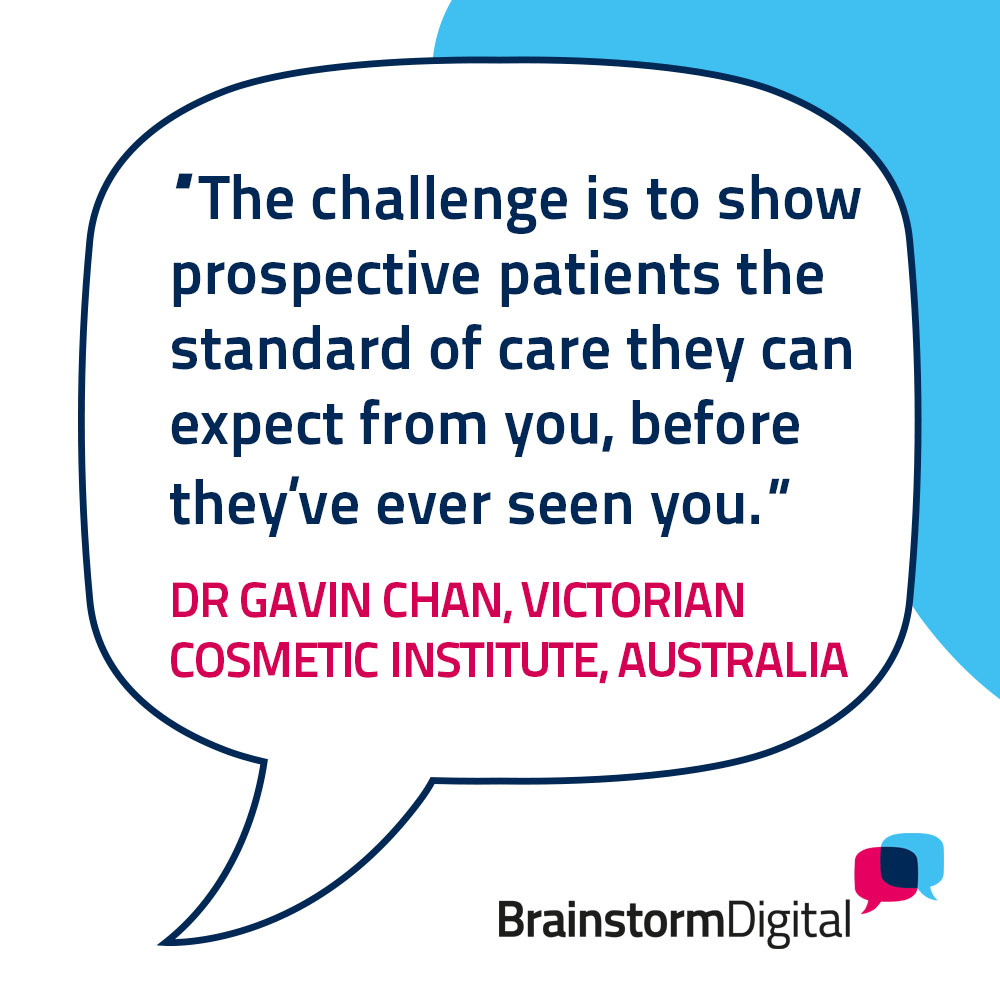
Now differentiate your clinic from the competition, to make your marketing much more effective and become a go-to destination for your ideal patients.
That’s Step 1 of Brainstorm Digital’s Zero Ad-Spend Aesthetic Accelerator system, which gets your patients through your doors again and again, so you can quickly grow your revenue without the headache of costly online leads.
Check out this video case study to find out exactly how it works, and discover how it helped one ambitious practice owner generate an additional $183,000 from a tiny list of 3,000 patients – without spending an extra dime on advertising.




